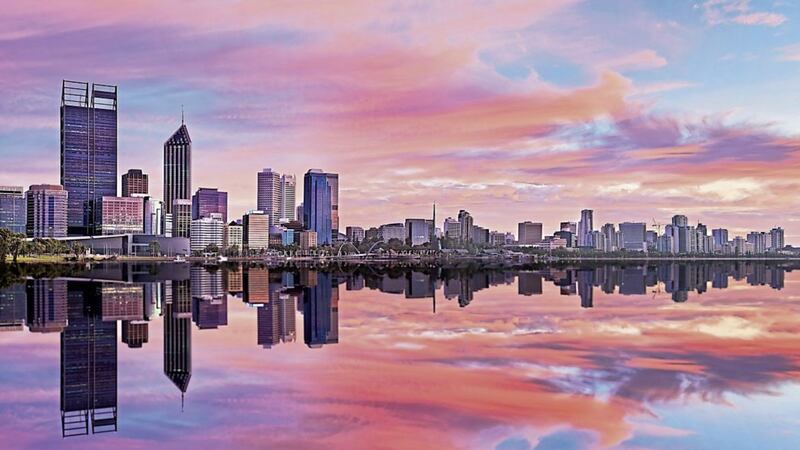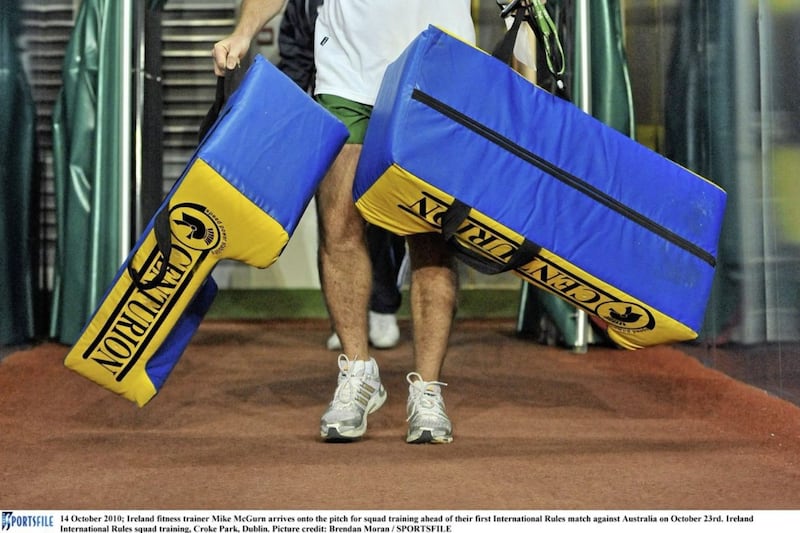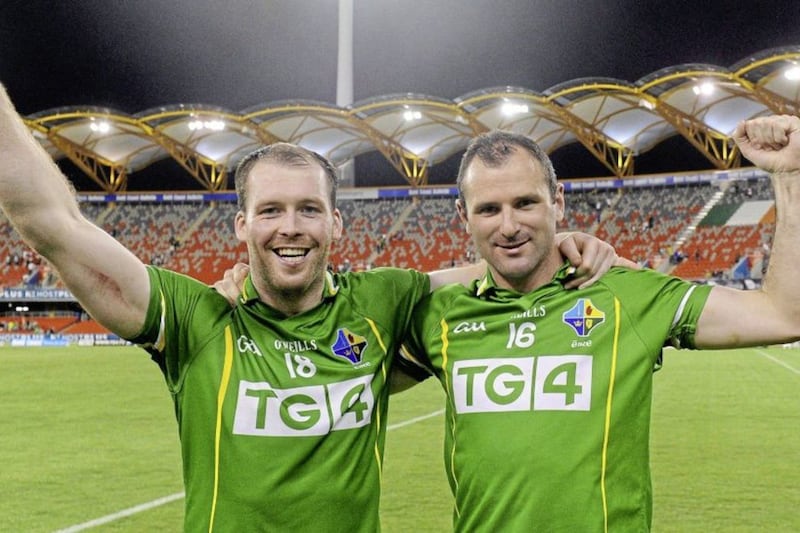“YOU can be a fisherman in Maine or a farmer in California. America is not like Limerick, a grey place with a river that kills,” is a line that sums up the appeal of America to men like Frank McCourt.
The 19th century famine drove half a million people across the Atlantic, mostly in desperate search of employment, money and food. For many, the land of opportunity delivered.
Few ever came home again and as a result, there are now seven times more Americans (almost 40 million) that claim Irish heritage than there are people living in Ireland.
But in recent years, its mantle has been taken by Australia. Given Donald Trump’s attempts to purge the non-natives from the land of hope and glory altogether, it’s a reverse that is likely to continue.
When the crash hit at home a decade ago, thousands began boarding the plane by the year.
Between 2008 and 2013, almost 80,000 made the move from the Republic. A report by Clinton Institute at UCD called it “a new version of the American Dream, played out in Sydney, Melbourne and Perth.”
Hit by a severe case of FOMO (fear of missing out for those that don’t speak Millennial), I joined them in late 2011. A couple of friends from home had gone out a few weeks earlier and myself, the brother and another friend hit the skies in early October, weeks after another county final defeat.
Armed with a year’s visa, we were full of grand plans. A few months in Perth to build up the cash reserves and then move on, see a bit of the country, sample the best of the famous east coast nightlife and then look about the second year.
Within six months, I was home again, never having left Perth and having spent pretty much every penny I had.
It was a fortnight at most before we all got work. I headed out of the city to Northam, about an hour north, to do the mandatory agricultural work that was required for a second year’s visa.
The work was on a grain harvesting plant. The temperatures hit 40 degrees several times and if someone so much as blew out a match, tools were downed because of the fire hazard that a breeze created in such heat.
It was far from labour intensive and coming from a world that was just above the minimum wage at home, I could hardly believe the first pay packet.
$1,000 for the week, even after the crucifying tax that you had to pay on a Working Holiday Visa.
After Christmas I took a job in a local newspaper in Rockingham, which meant a two-hour round train journey every day from our house in Beckenham. I knew nothing about Australian sport and even less about the news.
My name was indecipherable. After three days I gave up and just introduced myself as Paddy. Nobody could understand a word I said. I didn’t know anything about Rockingham, its people or its culture.
But the money was attractive. I remember being handed my contract and seeing $44,000 per annum. It seemed like a lot of money, more than two-and-a-half times what I was earning at home.
And yet despite that, it was a hand-to-mouth existence. I remember vividly our first trip to Coles, the Australian equivalent of Tesco. We spent $300 and came home with no more than a tube of toothpaste, some toilet roll, four boxes of Tim Tam biscuits and some Powerade (to balance the diet).
The house we lived in was a glorified tin shed, but I was still paying $300-odd a week for the room alone, in which we spent most of our time because the air con was broken in the living room.
A night out in Northbridge consisted of pre-pre drinks in the garden, pre-drinks in The Shed (a bar, not an actual shed) and then a run to Paramount nightclub. Given that one drink could sting you close to $20, you can imagine how that went.
By the end of March I was on a flight home, baying for pre-season training in the wind and rain. I still remember picking the first ball from a puddle behind the top goal in the lashing rain on that first Tuesday night and Ryan O’Reilly saying to me: “Your head’s cut.”
The dream wasn’t for me. The money seemed great but the cost of living was crippling. Basically, if you weren’t working in construction, it would be a struggle.
It was strange, then, being back in Western Australia for the last week. The boom is over. Northbridge was once a hive of Irish activity but from Monday through Thursday, there wasn’t a sinner to be seen around town.
Sunday in JB O’Reilly’s was a different story, with plenty about to join some of the players for a bit of R&R, but the numbers are well down.
The local GAA clubs are surviving, but not thriving in terms of numbers the way they were five, six, seven years ago.
The taxi men, as always, had the gripe well-rehearsed. The big mining companies were to blame. Loggerheads with the government over royalties. Job cuts. Economy bust. No money. Housing market fell apart.
The number of jobs for migrant workers like our own has crashed too. Wages have stagnated or in some cases died off, and yet the cost of living hasn’t. It’s just as expensive to live in and not as profitable, even if the green shoots of recovery have been evident in recent months.
You couldn’t buy a bottle of water for less than €2.50. A pint is at least €11. Eating out would leave you needing to remortgage.
The number of Irish citizens in the country on temporary visas has fallen by almost half in the last two years, thanks to the lessening job opportunities and the tightening of immigration laws.
An increasing number are deciding to stay on illegally after their visas expire because they cannot afford to move home, potentially creating a new section of undocumented Irish through Australian society.
In 200 years’ time, it could well be the new America, with large swathes of the population second, third or fourth generation. The dream remains – but it’s not as easily caught as you might believe.







